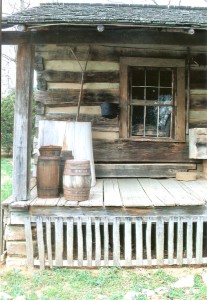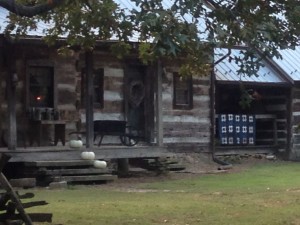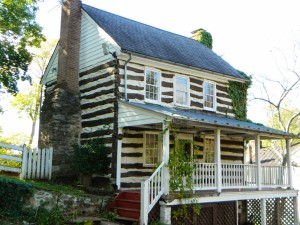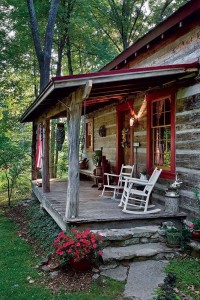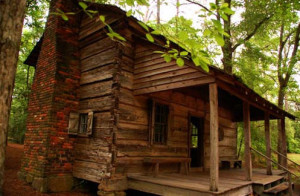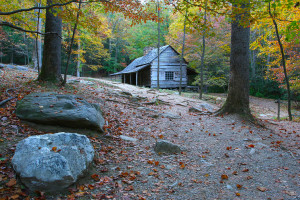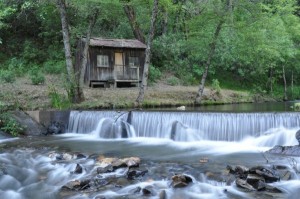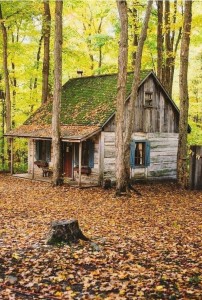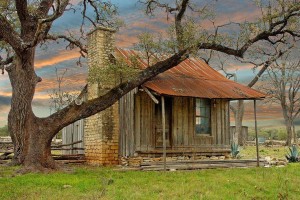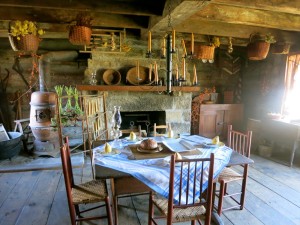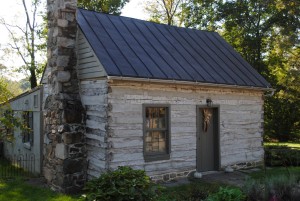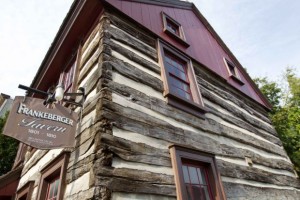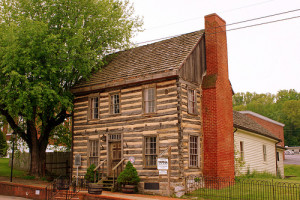Classic log cabin design
Noah Bradley2019-06-29T10:22:20+00:00Why is this cabin so visually appealing? You have to admit… she is a beauty.
But upon close inspection, her logs appear to be narrow and unimpressive, and the chinking that is applied between them is as rough as a stormy sea.
The chimney on this end is also a mess. It appears cobbled together… as if some mason came in to repair the original stone chimney and took it down to some random point and then rebuilt it with new brick.
And, don’t get me started on the satellite dish that is attached to the gable of the house… couldn’t they have put that out in the yard somewhere? lol
Clearly, there are some shortcomings in the details seen here on this cabin… but the fact remains… she is beautiful… and why is that?
I can come up with two reasons.
(Maybe, you can come up with more?)
First, her design is an enduring classic. For centuries this style has been proven to be appealing to the eyes. I would say it is “timeless”. Build a house like this and it will always be admired.
And secondly… she is handmade. Even though the house clearly has “detail issues”, she has lots of character. Perhaps, some minor visual flaws in a home make a house more human, more comfortable to be around than the sterile perfection of most new homes?
I encourage you to go ahead and imagine this house build of manufactured logs, or covered in vinyl siding, can you see what is lost by doing so?
Originally posted 2015-10-07 12:27:46.
Trees and log cabins
Noah Bradley2019-06-29T10:22:11+00:00Trees have a tendency to sneak up on log cabins… sometimes they even try to get up on the front porch!
I have found that people who love log cabins also love trees and that they find it very difficult to cut any of them down. This photo, of a tree encroaching upon this cabin, is a scene that I have witnessed many times.
And, is this tree trying to hug this cabin?
Who could blame it?
Originally posted 2015-10-03 15:58:29.
Good colors, and new chinking
Noah Bradley2019-06-29T10:22:08+00:00When choosing accent colors on a cabin you can’t go wrong in picking historic shades like we see here.
This cabin is very attractive and it’s obvious that it has experienced a recent restoration.
Unfortunately, the chinking was done improperly and as a result this cabin will be in need of major restoration (log replacements and re-chinked) in less than 10 years.
Here is a good example of properly installed chinking… notice how the chinking is recessed a bit from the faces of the logs allowing water to run off and not get behind the chinking and rot the logs. The folks that restored this cabin did however fall short with their modern finish treatment of the gable ends, and with the protruding window trim.
Originally posted 2015-10-02 11:20:10.
Log cabin windows
Noah Bradley2019-06-29T10:22:03+00:00The front facade of this cabin is very attractive… oh, so nice… The windows and front door are just perfect.
On the first floor the windows are 9 over 6’s, while on the second floor they are 6 over 6’s… and how about that precious window unit above the front door… Nice.
Yes, I struggle to ignore the replacement brick chimney on the end of the cabin… what were they thinking?
Originally posted 2015-09-30 12:48:22.

